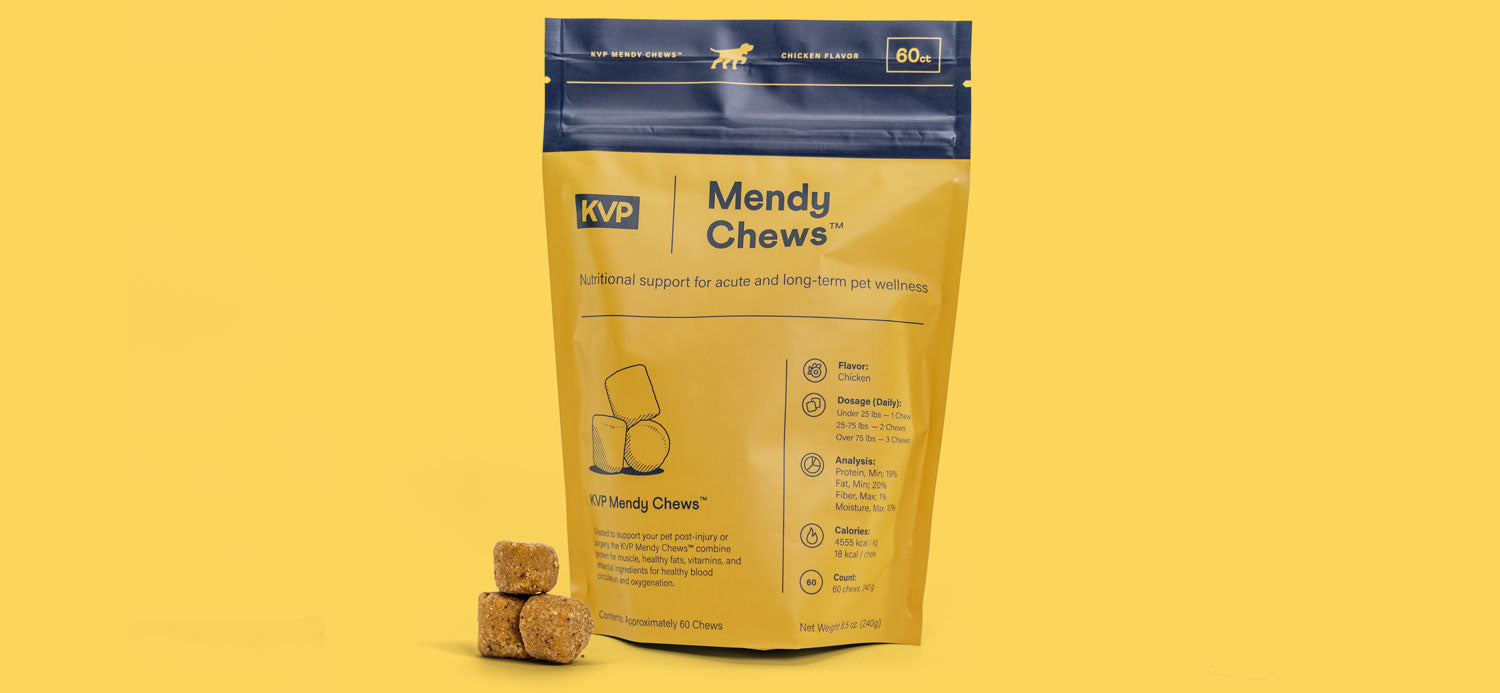My Pet’s Quality of Life Scale - HHHHHMM Scale

Use this scale to objectively consider your pet’s quality of life
Using a scale of 0 to 10 (0 = Unacceptable, 10 = Excellent), patients can be evaluated for their quality of life.
Score Criterion:
0-10 Hurt — Is the patient in pain, including distress from difficulty in breathing?Can the pet’s pain be successfully managed? Is oxygen necessary?
0-10 Hunger — Is the pet eating enough? Does hand-feeding help? Does the pet require a feeding tube?
*for muscle atrophy and low protein intake, many veterinarians recommend a clinically-proven simplified protein supplement such as MYOS. This allows a pet to receive much-needed protein without added calories and food intake.
0-10 Hydration — Is the pet dehydrated? Are subcutaneous fluids once or twice daily enough to resolve the problem? Are they well-tolerated?
0-10 Hygiene — The pet should be kept brushed and clean, particularly after elimination. Does the pet have pressure sores?
0-10 Happiness — Does the pet express joy and interest? Is he responsive to things around him (family, toys, etc)? Is the pet depressed, lonely, anxious, bored, or afraid? Can the pet’s bed be near the kitchen and moved near family activities to minimize isolation?
0-10 Mobility — Can the pet get up without assistance? Does the pet need human or mechanical help (eg, a cart)? Does she feel like going for a walk? Is she having seizures or stumbling? Note: Some caregivers feel euthanasia is preferable to amputation, yet an animal with limited mobility may still be alert and responsive, and can have a good quality of life as long as the family is committed to quality care.
*for limited movement or assistance required for mobility and elimination, consider dog orthopedic bracing to support various conditions without surgery such as: hip dysplasia, CCL injury, arthritis, neurological disorders and more.
0-10 More Good Days than Bad — When bad days outnumber good days, the pet’s suffering is appreciable and quality of life might be too compromised. When a healthy human-animal bond is no longer possible, the caregiver must be made aware that the end is near.
Total: A total of > 35 points is an acceptable quality of life for pets.
Follow this link for Considering Your Pet’s Quality of Life With Aging or Disease






